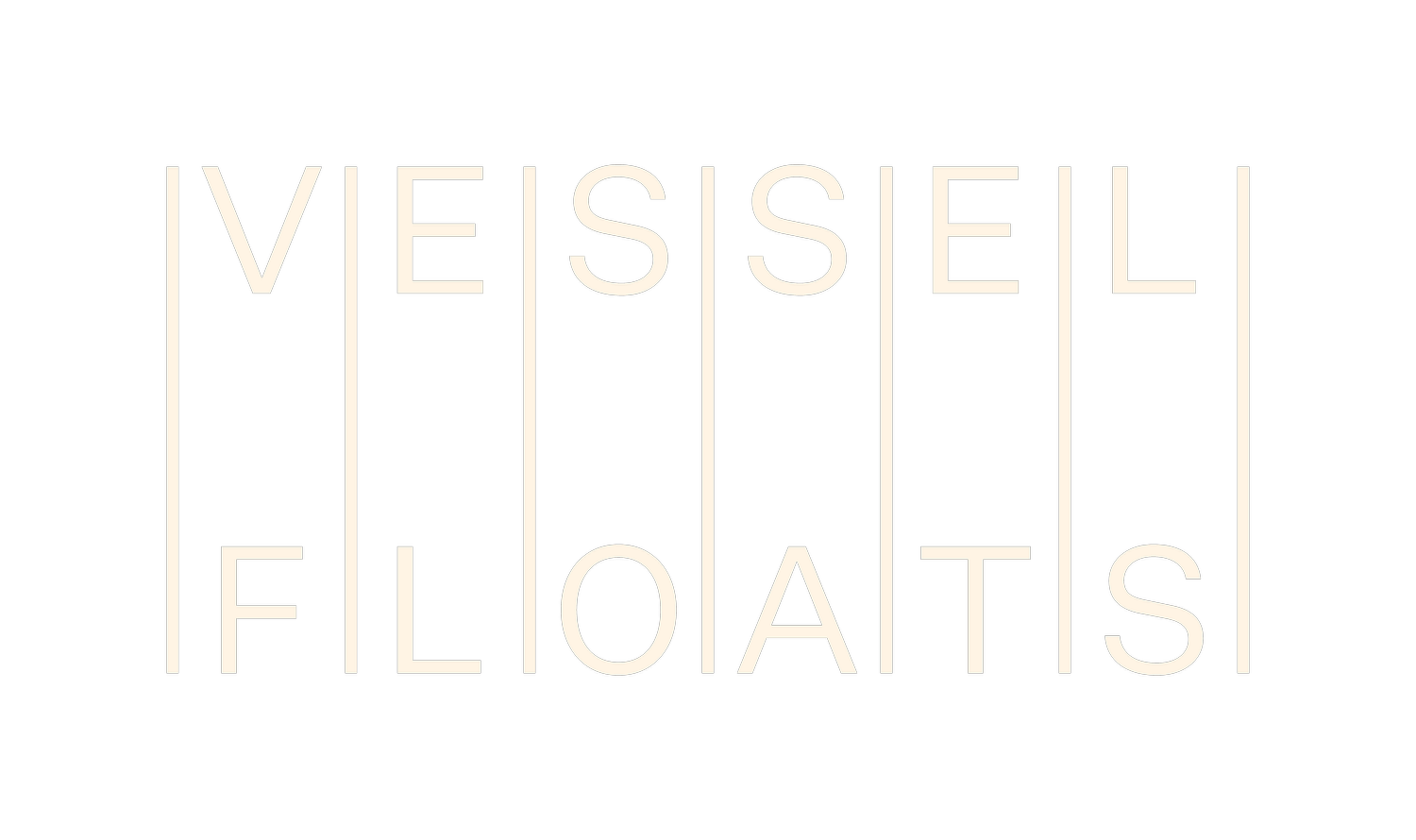Debunking Misconceptions About Sensory Deprivation Tank Therapy
Like any wellness practice, sensory deprivation tank therapy is not immune to a few myths! Let's cut through the noise and debunk some common misconceptions surrounding sensory deprivation:
Myth: Sensory Deprivation Tanks Are Claustrophobic
One of the most common misconceptions about sensory deprivation tank therapy is that it's claustrophobic. The idea of being enclosed in a dark tank may seem intimidating to those who have a fear of confinement. Not here! At Vessel, our tanks are designed to provide both a spacious and comfortable environment for our guests. Our tanks are room-like with 8-foot ceilings, and are large enough for you to fully stretch out without feeling cramped or restricted. Additionally, all of our tanks have a light inside that can be turned on if desired - so you have full control of your experience once you're in the tank! Rest assured, many of our guests experience the benefits of sensory deprivation tank therapy without feeling confined!
Myth: Float Tank Therapy Is Dangerous
Another misconception surrounding sensory deprivation tank therapy is the belief that it's dangerous. Those who haven't tried it sometimes worry about the possibility of drowning or becoming trapped in the tank. Don't worry; our sensory deprivation tanks are specifically designed to ensure your safety and peace of mind. The water inside the tank is shallow, only around 1.5 feet deep, and is saturated with 2000 lbs of Epsom salt, allowing you to effortlessly float on the surface. The buoyancy of the water makes it near impossible to sink or become submerged - even falling asleep is safe! Furthermore, the tanks are equipped with easily accessible handles to open the door from the inside, providing a quick exit if desired at any time.
Myth: Sensory Deprivation Tanks Are Only For Relaxation
Many believe that sensory deprivation tank therapy is solely for relaxation purposes. While relaxation is certainly one of many incredible benefits, there is much more to float therapy than meets the eye. The absence of external stimuli in the tank allows the mind to enter a deeply relaxed state, which often has profound effects on both the body and the mind. Sensory deprivation tank therapy can also be used for many other purposes such as stress reduction, pain management, creativity enhancement, and even spiritual exploration! It's a versatile therapy that can (and should!) be tailored to meet your individual needs and goals.
Myth: Sensory deprivation tank therapy is not supported by scientific evidence
Skeptics say that sensory deprivation tank therapy lacks scientific evidence to support its claims. This couldn't be further from the truth! Over the years, numerous studies have been conducted to explore the effects of sensory deprivation tank therapy on the body and mind. Research has shown that float therapy can have a wide range of benefits, including improved sleep quality, pain relief, increased mindfulness, and stress reduction. Studies have also demonstrated positive effects on conditions such as anxiety, depression, PTSD, and chronic pain, which supports the of anecdotal evidence we hear from our guests!
Read our Google Posts
Follow us on Instagram
Find us on the map
We have 5 stars on Yelp
We have 5 stars on Google
Subscribe to us on Youtube
Follow us on Twitter






